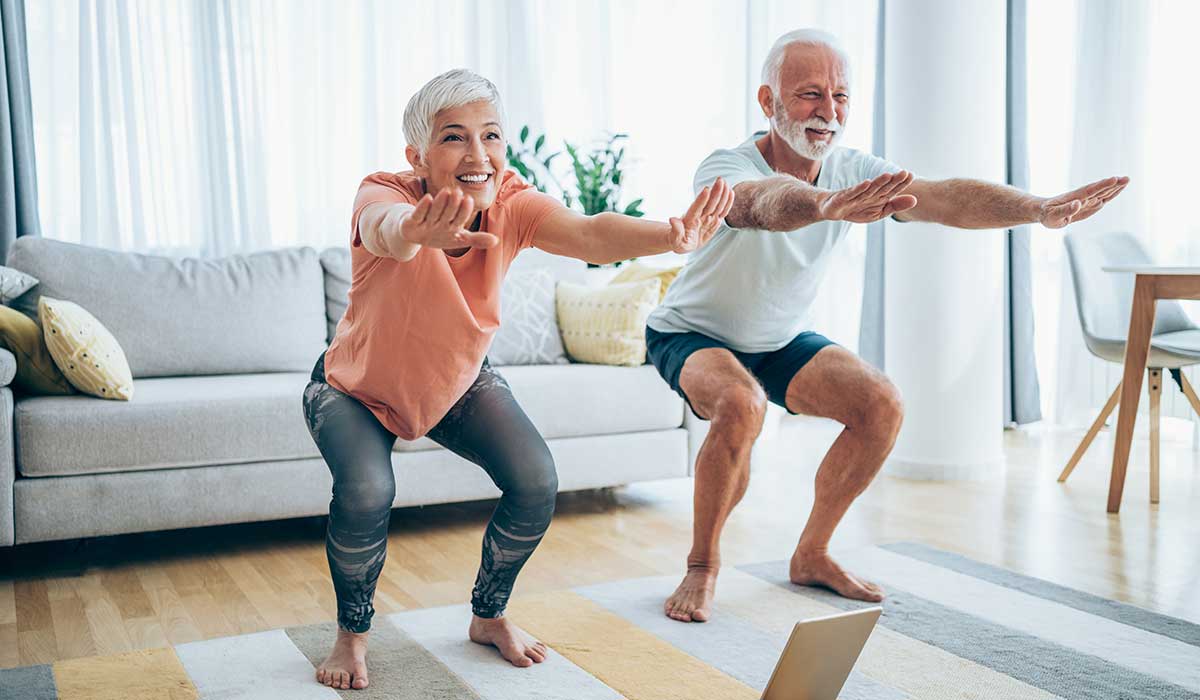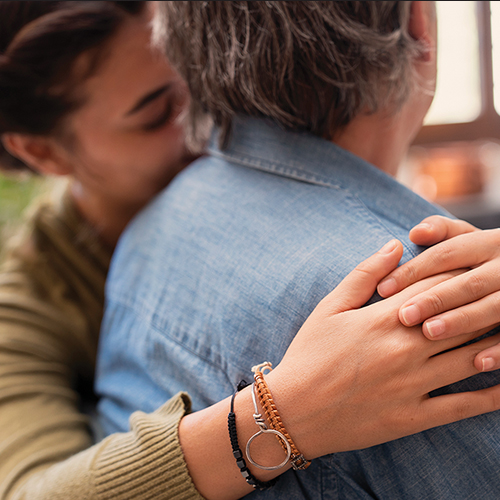June 2022
When kids stumble, they dust themselves off and get back up to continue playing. But the older people get, the more dangerous falls can be.
Most adults — especially runners and walkers, who have more opportunity for missteps — fear falling. But older adults — those over 65 — especially fear it. And with good reason, as one in three people 65 and older fall each year.
Falls happen for many reasons, such as slippery or unsupportive shoes, confusion, muscle weakness, and medications that cause dizziness.
However, the inability to right yourself when stumbling and find your steadiness is often about physical balance.
Just as you need to train your muscles to get stronger, you need to train your balance to improve it. Good balance is not a given. In fact, we lose balance as we age, especially if we’re not active.
What Is Balance?
Your sense of balance comes from three main things:
- Your sight and the sensory input you get from looking at the world around you. This is why it’s harder to balance with your eyes closed.
- Your vestibular system, which involves your inner ear and brain and creates your sense of equilibrium. This is why you feel unbalanced after spinning around.
- Your proprioception, or your body’s ability to sense movement, action, and location. You have sensory receptors (proprioceptors) in the muscles, joints, and skin of your ankles and feet.
You can correct poor sight with glasses and get treated for vestibular issues. But proprioception is something you can improve entirely on your own. You can strengthen your sensory receptors and improve the connection between your brain and your feet.
Muscle strength is also an important part of maintaining balance. For example, having strong gluteal muscles (the muscles that comprise your rear end) gives you a base of steadiness. Having strong calf and ankle muscles helps you better control the position of your feet.
How to Improve Balance
Training your balance is a matter of strengthening certain muscle groups and improving your sense of proprioception.
One of the best exercises you can do for both is balancing on one foot with your eyes closed. While extremely simple in theory, this is surprisingly difficult for many people. This is because with age or injury, the connections between your brain and your sensory receptors grow weaker.
Here’s how to do a one-foot balance exercise:
- Stand on a hard, even surface (like a wood floor) next to a wall or chair; this way, you have something to grab on to when you first start.
- Hold your knees together, bend one leg up behind you, and close your eyes. Try to hold for 30 seconds. (It’s common in the beginning to wobble and fall out of it after only a few seconds.)
- Repeat this on each leg, five to 10 times each day. Notice if you’re able to hold the position for longer periods over time.
To strengthen your gluteal muscles, which are involved in regulating balance, try chair squats. Here’s how:
- Find a chair or couch with ample room around it.
- Reach your arms forward, and squat down into the chair. While leaving your arms outstretched, stand back up.
- Repeat this 10 to 15 times each day.
To strengthen your ankles and calves, you can practice toe stands. Here’s how:
- Hold on to the back of a chair, stand up straight, and bend your knees slightly.
- Raise up high onto your tiptoes.
- Lower your heels to the floor slowly and with control.
- Repeat this 10 to 15 times each day.
For a slightly more advanced version, practice the toe stands without holding on to anything. You can also practice them while standing on just one leg and alternating sides.



